How Long Does A Dash Cam Battery Last?
Understanding Dash Cam Battery Lifespan: A Comprehensive Guide

Dash cams have become an essential tool for drivers, providing invaluable security, evidence in accidents, and even helping with insurance claims. However, one of the most common questions among users is, "How long does a dash cam battery last?" The answer depends on several factors, including the type of dash cam, the battery capacity, usage habits, and environmental conditions. This article dives into these factors to help you understand and optimize your dash cam's battery life.
---
1. Types of Dash Cam Batteries and Their Typical Lifespan
Dash cams generally rely on either internal lithium-ion batteries or supercapacitors. Each type has distinct advantages and limitations that influence the overall battery lifespan.
Lithium-Ion Batteries
Lithium-ion batteries are commonly used in portable electronics due to their high energy density and rechargeability. In dash cams, these batteries typically last between 20 to 45 minutes when fully charged, depending on the model and battery capacity.
Key Characteristics:
- Advantages: Compact, lightweight, and capable of storing significant energy.
- Challenges: Prone to overheating and degradation, especially in extreme temperatures.
Supercapacitors
Supercapacitors, while not technically batteries, are increasingly popular in dash cams for their reliability and longevity. They store energy in an electric field rather than a chemical reaction.
Key Characteristics:
- Advantages: Highly resistant to temperature extremes, longer operational lifespan, and quick charging.
- Challenges: Limited standalone power duration, typically lasting only a few seconds to a few minutes.
Practical Insight:
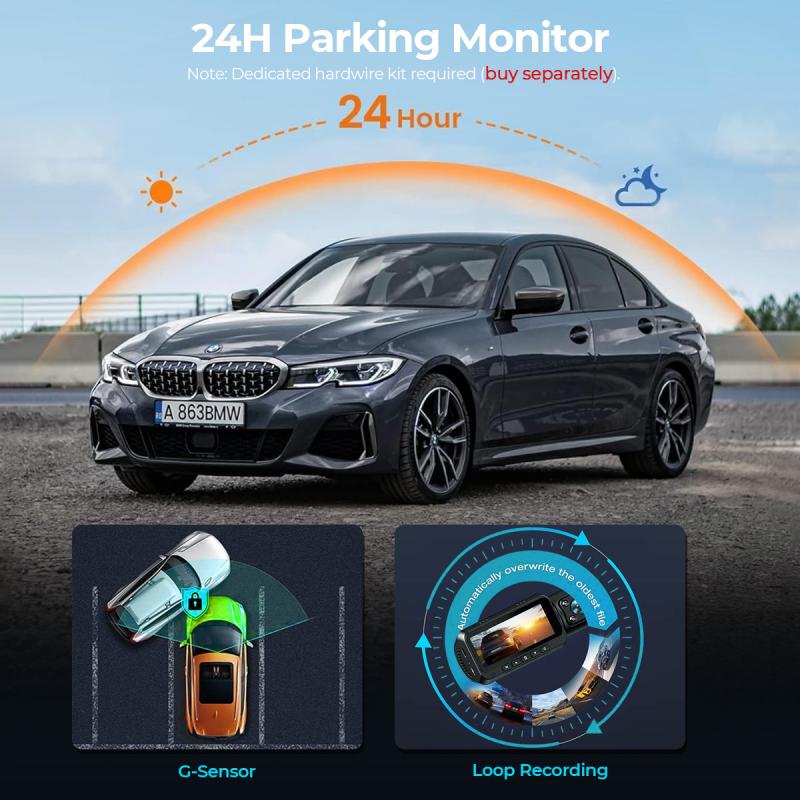
If you need a dash cam primarily for short-term recording after parking or while the vehicle is off, a lithium-ion battery may suffice. However, if durability and resilience in harsh climates are your priorities, consider a supercapacitor-based dash cam.
---
2. Factors Affecting Dash Cam Battery Life
Several factors influence how long a dash cam battery lasts during operation and over its lifespan:
Battery Capacity
Battery capacity, measured in milliampere-hours (mAh), is the primary determinant of operational duration. A higher capacity battery enables longer recording time but may increase the size and cost of the dash cam.
Usage Patterns
Continuous usage, frequent charging cycles, and prolonged operation in parking mode can wear down a battery. Consider the following:
- Normal Operation: Most dash cams rely on external power from the car's battery when the vehicle is running.
- Parking Mode: This feature consumes battery power while the car is off, significantly affecting the battery life.
Environmental Conditions
Heat and cold are critical factors that influence battery performance:
- High Temperatures: Heat can degrade lithium-ion batteries quickly, leading to reduced charge capacity and lifespan.
- Low Temperatures: Extreme cold may temporarily diminish the battery's ability to deliver power.
Device Configuration
Power-intensive settings, such as high-resolution recording, GPS tracking, and Wi-Fi connectivity, draw more energy and reduce operational duration.
---
3. Maximizing Dash Cam Battery Life
To prolong your dash cam’s battery life and ensure optimal performance, consider implementing the following strategies:
Use External Power Sources
Most dash cams are designed to run on external power from the car’s cigarette lighter or a hardwired kit. Relying on external power reduces strain on the internal battery and extends its lifespan.
Optimize Settings
Adjusting the dash cam’s settings can significantly reduce energy consumption:
- Lower the recording resolution.
- Disable non-essential features like Wi-Fi or GPS when not in use.
- Use motion detection in parking mode instead of continuous recording.
Invest in a Parking Mode Battery Pack
A dedicated battery pack for parking mode is an excellent way to avoid draining the dash cam’s internal battery. These packs provide an independent power source and can often sustain the dash cam for several hours or even days.
Consider Supercapacitor Models
If you frequently park your car in hot or cold environments, switching to a supercapacitor-based dash cam can prevent battery damage and ensure consistent performance.
Regular Maintenance
Keep the dash cam and its battery clean and check for software updates that may improve energy efficiency. Avoid overcharging the device, which can degrade the battery faster.
---
4. Signs Your Dash Cam Battery Needs Replacement
Even with proper care, dash cam batteries eventually wear out. Watch for these signs indicating it’s time for a replacement:
- Shortened Operating Time: The dash cam shuts off sooner than usual when running on battery power.
- Overheating: The battery becomes excessively warm during operation or charging.
- Swelling or Leakage: Physical damage to the battery indicates immediate replacement is necessary.
- Error Messages: Some dash cams provide notifications or warnings about battery health.
When Replacement Isn't Viable:

If replacing the internal battery is impractical, consider purchasing a new dash cam with improved battery technology or features better suited to your needs.
---
5. Real-World Scenarios and Recommendations
Here’s how you can approach dash cam battery management based on specific use cases:
Scenario 1: Short Commutes and Light Usage
- Challenge: The dash cam relies on its internal battery during brief vehicle trips.
- Solution: Opt for a model with a higher-capacity lithium-ion battery or use an external power source to prevent frequent battery depletion.
Scenario 2: Extreme Weather Conditions
- Challenge: The internal battery deteriorates rapidly in hot summers or freezing winters.
- Solution: Switch to a supercapacitor-based dash cam for better reliability and longevity.
Scenario 3: Long-Term Parking
- Challenge: The dash cam must remain operational in parking mode for extended periods.
- Solution: Invest in a parking mode battery pack or use hardwired power solutions to minimize strain on the internal battery.
---
6. Future Trends in Dash Cam Battery Technology
The rapid evolution of battery technology suggests exciting improvements for dash cams in the coming years. Here are some trends to watch:
- Solid-State Batteries: Promising greater energy density and improved safety compared to lithium-ion batteries.
- Solar Integration: Some dash cams may incorporate solar panels to supplement their power needs, especially during parking mode.
- Advanced Energy Management Systems: New software algorithms could optimize energy use, extending battery life even with power-intensive features.
---
Conclusion
The lifespan and operational duration of a dash cam battery depend on its type, capacity, usage habits, and environmental factors. Lithium-ion batteries offer portability and higher energy storage but are vulnerable to temperature extremes. On the other hand, supercapacitors excel in durability and temperature resistance, making them ideal for challenging climates.
To maximize your dash cam battery life, use external power sources, optimize settings, and consider parking mode battery packs or supercapacitor models for specific needs. Recognizing signs of battery wear and staying informed about emerging technologies can further enhance your experience.
By understanding these nuances, you can make informed decisions that keep your dash cam running smoothly, providing reliable protection and peace of mind on the road.





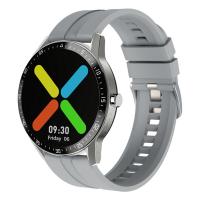



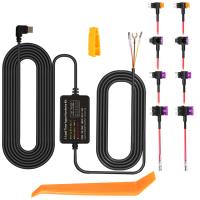









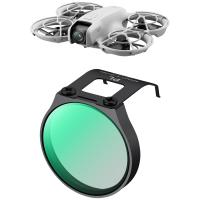








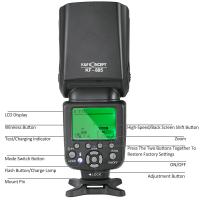










There are no comments for this blog.